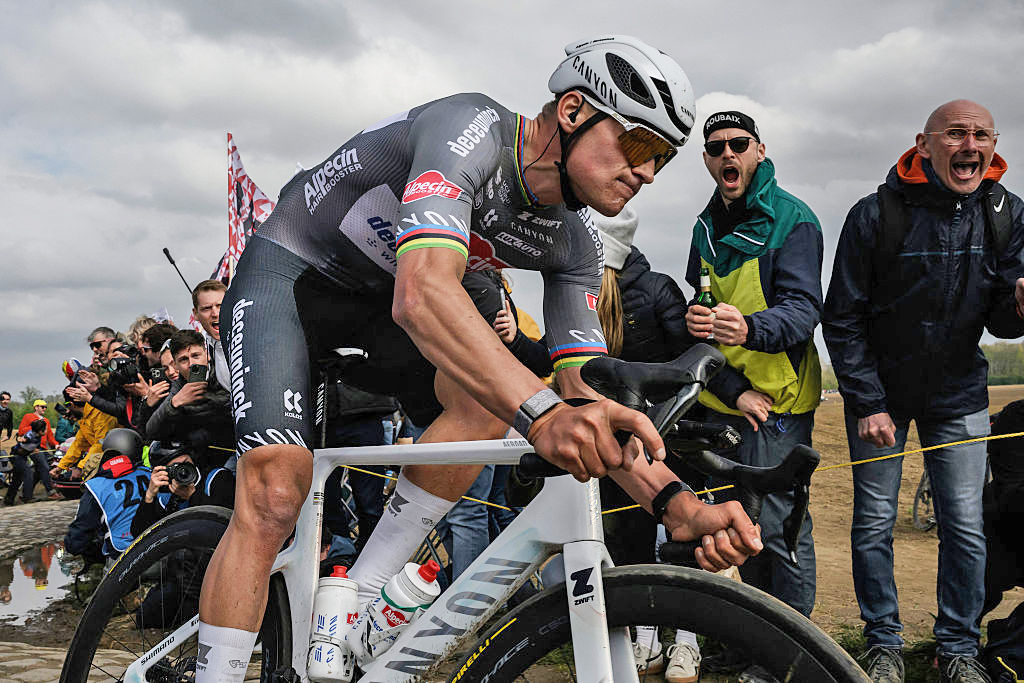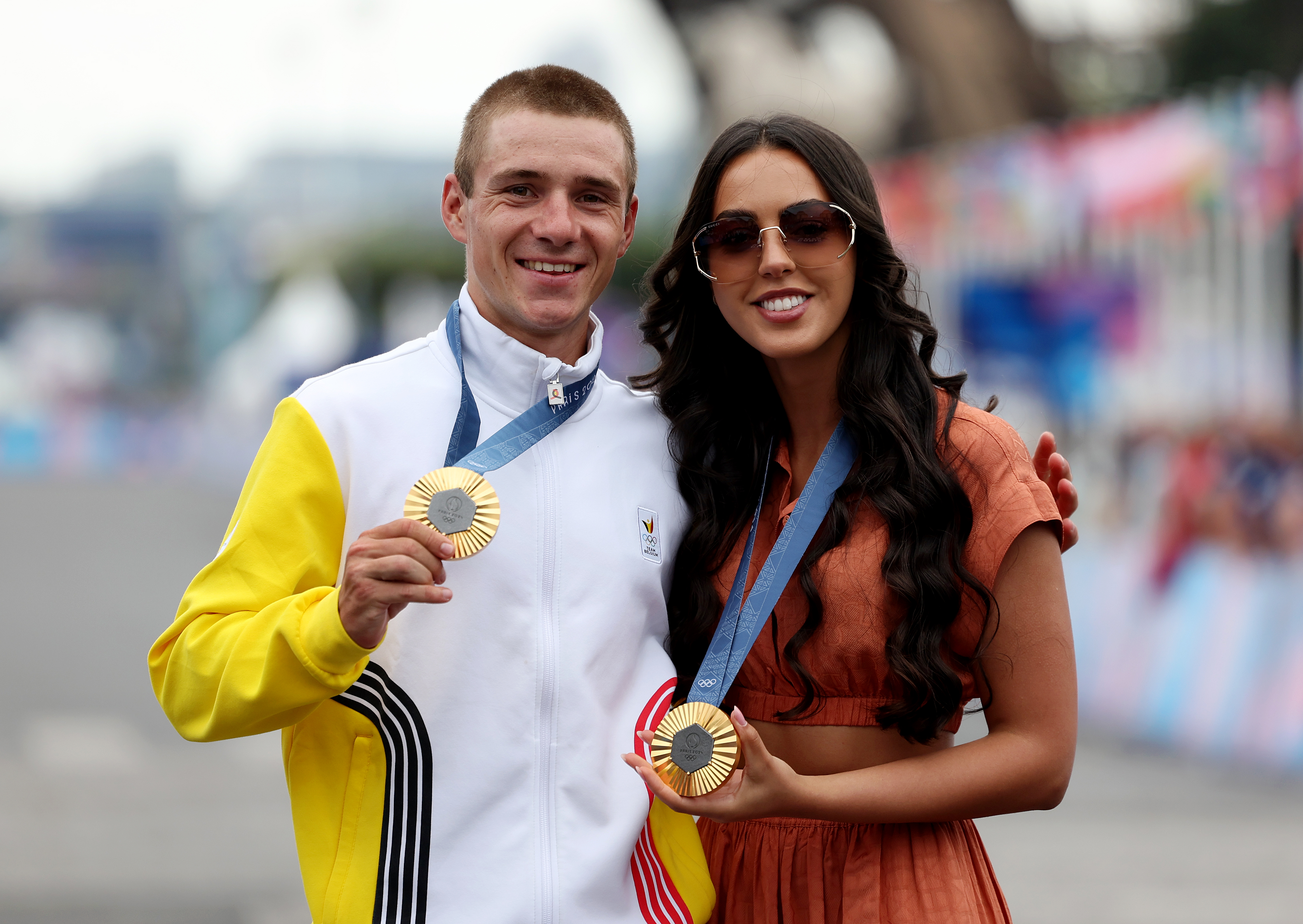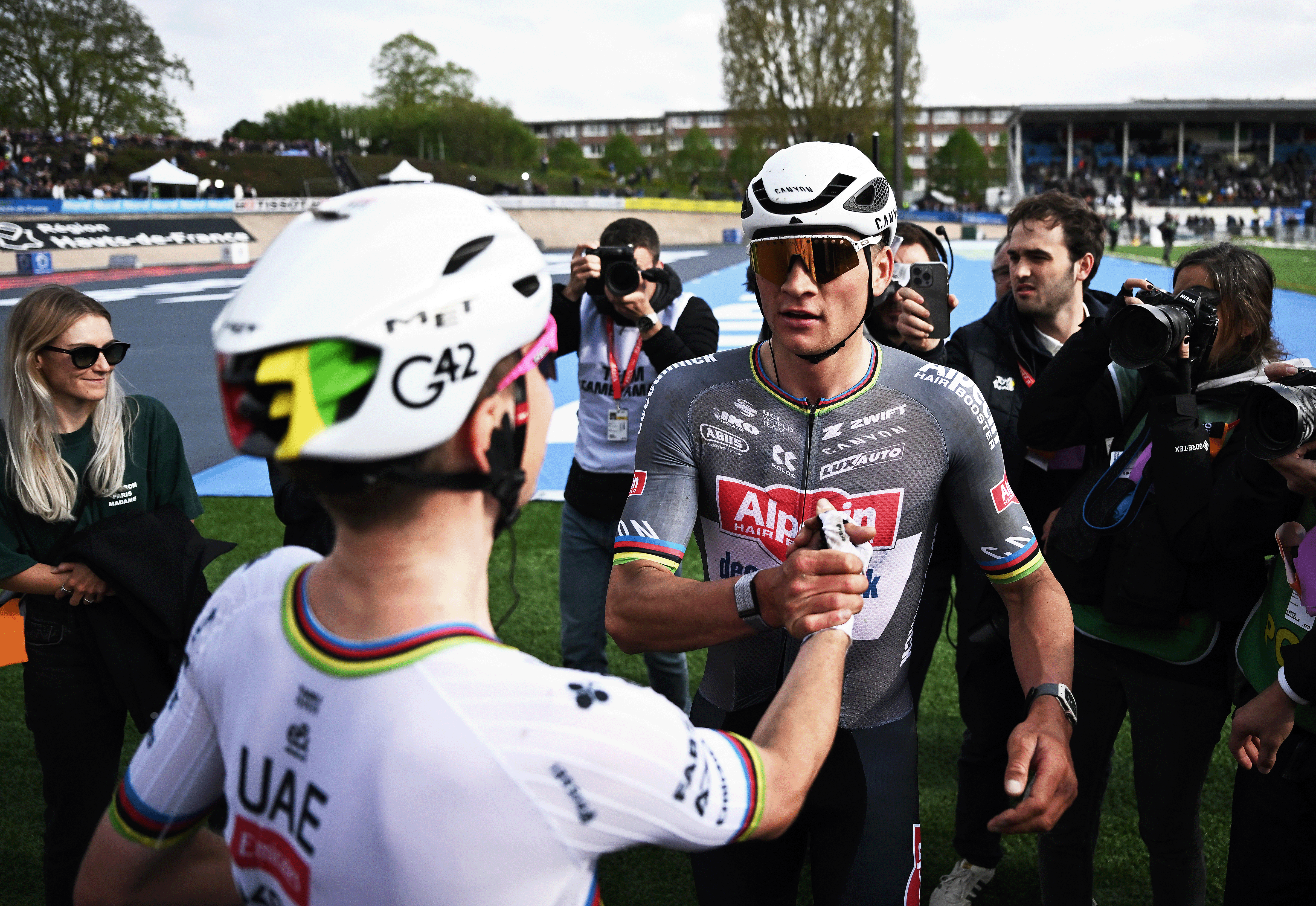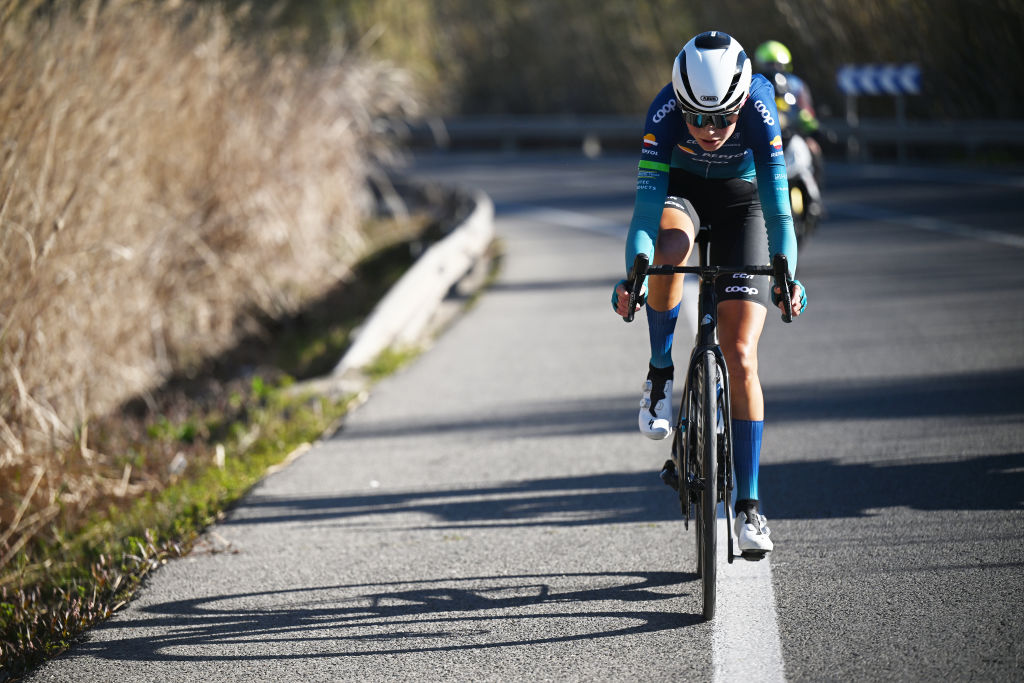Tour de France Femmes avec Zwift 2022 - Route and preview
Everything you need to know about the mountains, mid-range, sprint and gravel stages in the battle for the yellow jersey
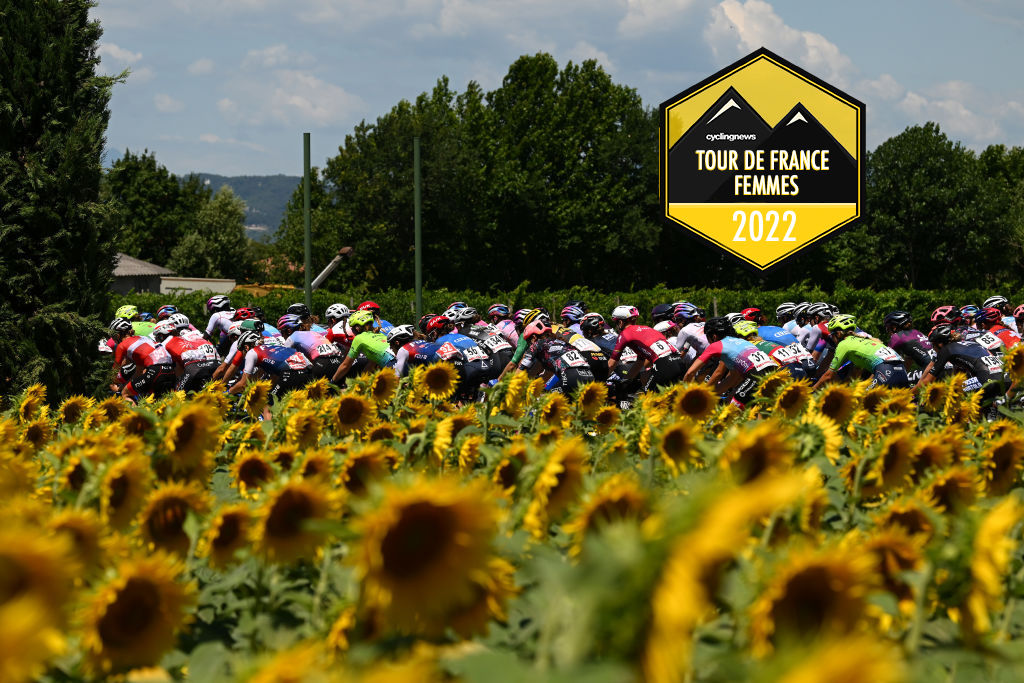
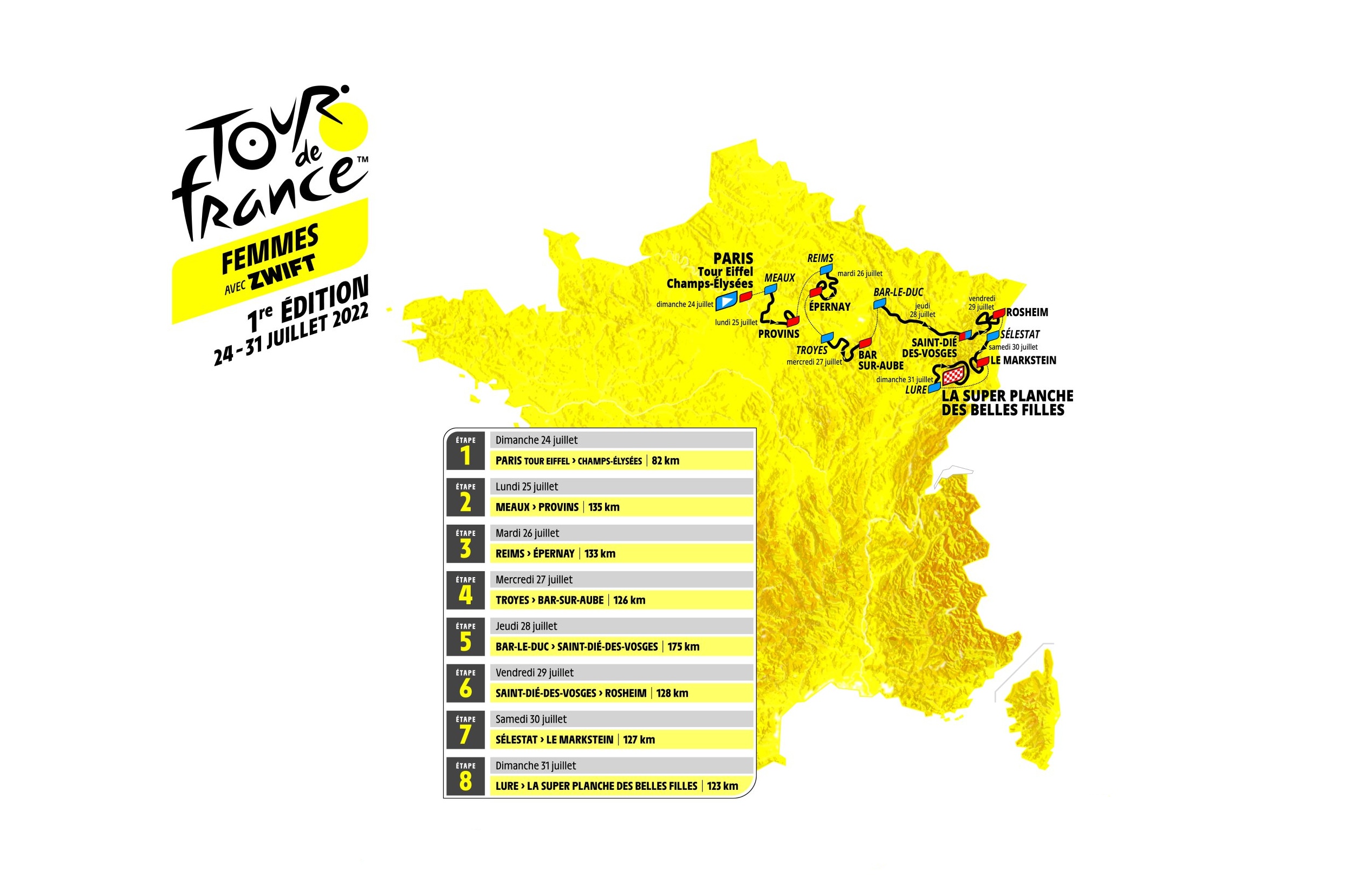
When the men's Tour de France concludes on Sunday, July 24 in Paris, they will hand-off the marquee event to the women's peloton to begin a 1,029km race held across eight days that marks the return of the women's Tour de France, this year called the Tour de France Femmes avec Zwift.
The route will start at the Eiffel Tower and travel to the north-east of France challenging the peloton to four flat stages, two puncheur stages that include a day of racing packed with gravel sectors, and back-to-back mountain stages, before ending atop La Super Planche des Belles Filles.
This year's race notably does not include a time trial and the route will favour the most versatile riders pursuing the yellow jersey before the conclusion in the Vosges on July 31.
Our video preview of the Tour de France Femmes
The opening sprints
The Grand Départ of the Tour de France Femmes will be one for the sprinters. The opening two stages will likely be decided in bunch sprints, where the fastest women in the world will battle for the stage wins and the first yellow jersey.
Stage 1: Paris Eiffel Tower to Paris Champs-Élysées, 82km
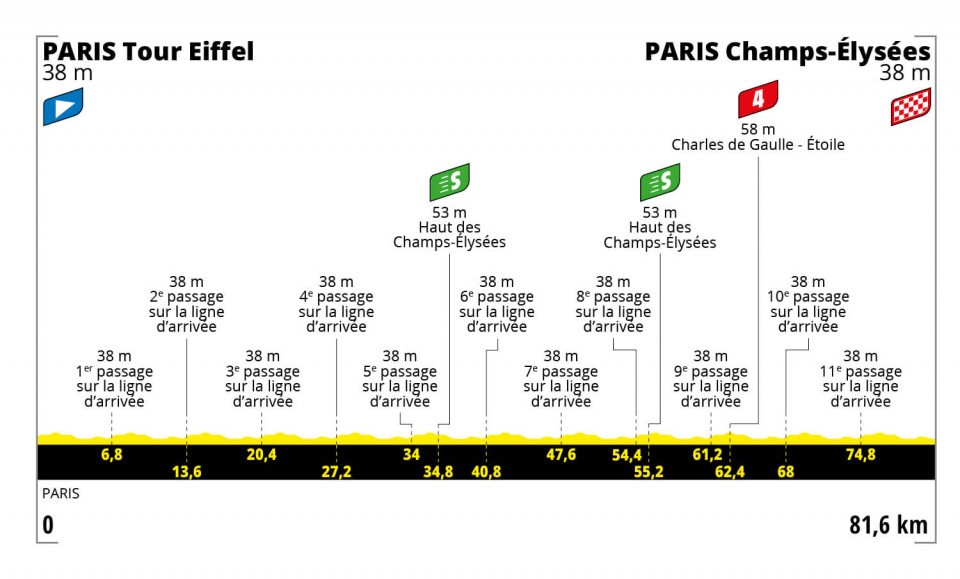
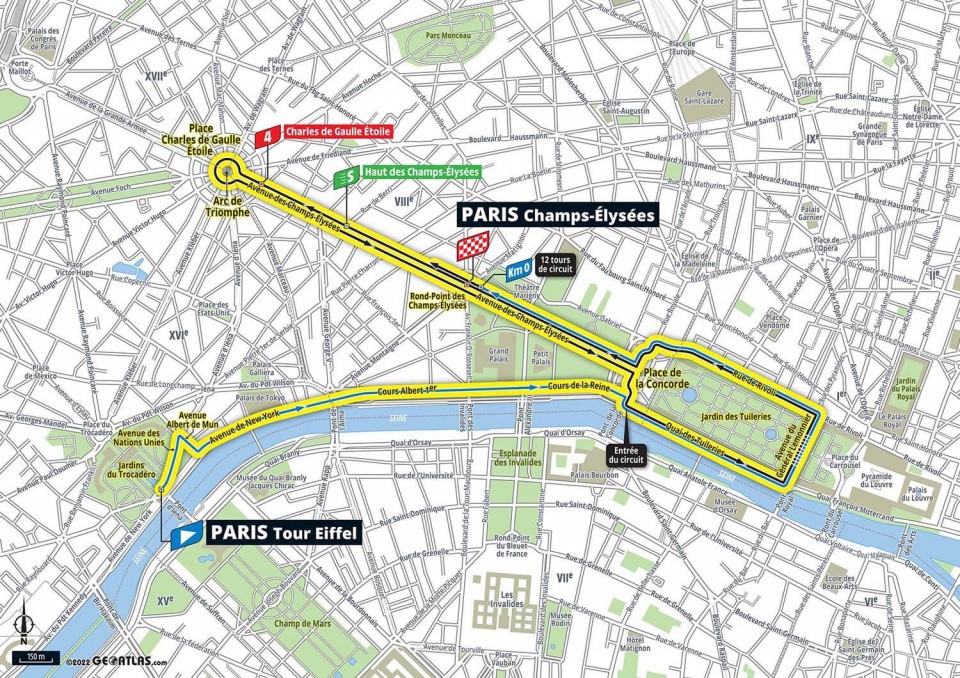
Race organisers ASO have replaced La Course with the Tour de France Femmes, but the first stage gives a nod to the former event that many now see as a stepping-stone to the return of the marquee stage race. La Course began as a one-day circuit-style race held on the Champs-Élysées and it seems fitting to host stage 1 at the same location before embarking on an eight-day Tour.
The women will line up at the Eiffel Tower and then follow the route along the north side of the Seine before racing onto the official circuit. They will complete 12 laps, where there are two intermediate sprints along the Champs-Élysées and one QOM at Charles de Gaulle-Etoile, up by the Arc de Triomphe.
The main circuit route passes around the Jardin Des Tuileries at the Place de la Concorde and then up the Champs-Élysées, around the Arc du Triomphe and back down the Champs-Élysées for what is expected to be a bunch sprint.
Stage 2: Meaux to Provins, 136.4km
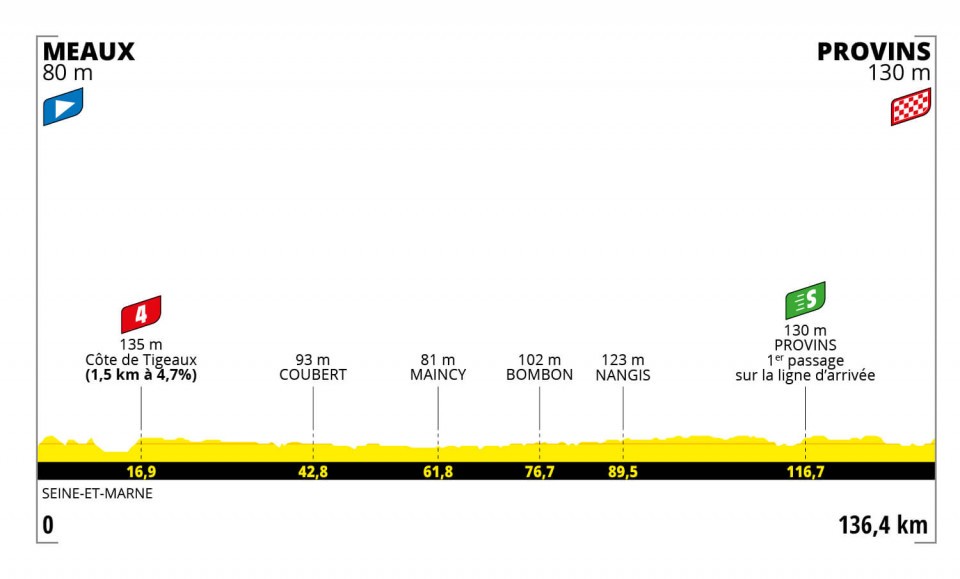
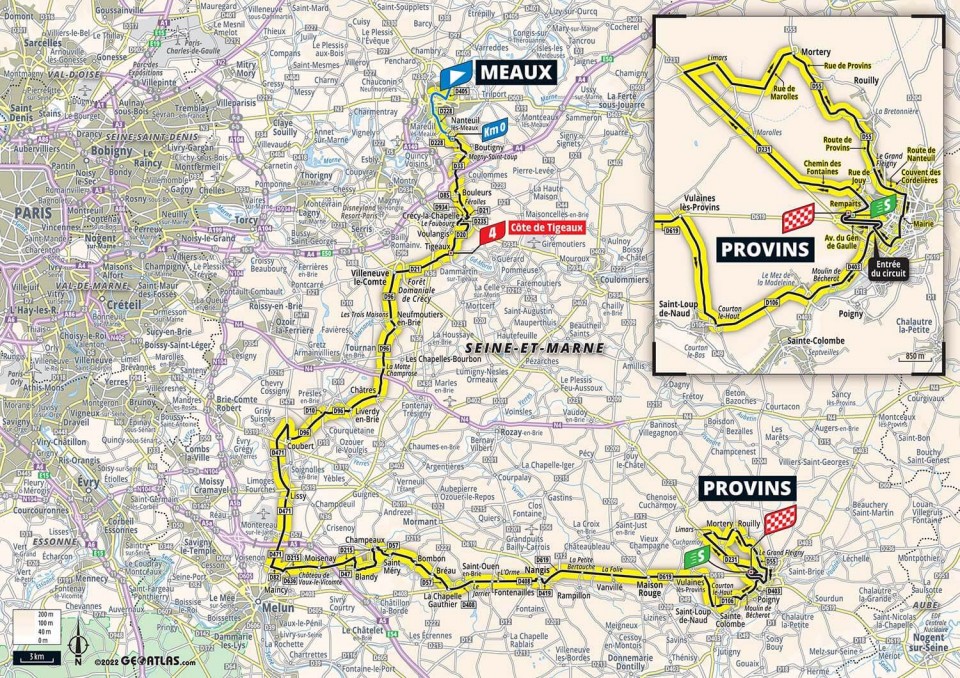
Departing from Meaux, the peloton races southward toward Melun and then east. The riders will tackle a short 1.5km ascent at Côte de Tigeaux at the 16km mark before a pan-flat route, with one intermediate sprint at km116, before what is expected to be another bunch finish in Provins.
It's another day for the sprinters, which could see the yellow jersey change hands based on positioning or bonus seconds ahead of the first hilly stage.
Puncheurs delight in steep climbs, gravel and distance
The terrain becomes more challenging as the field heads east and into the undulating terrain and a gravel haven well-suited to the puncheurs in the peloton.
There is also the longest stage of the event at 175.6km, reaching beyond the stipulated distance set by the UCI. These may or may not be GC deciding stages like the late-race mountain stages in the Vosges, but time can be won and lost.
Stage 3: Reims to Épernay, 133.6km
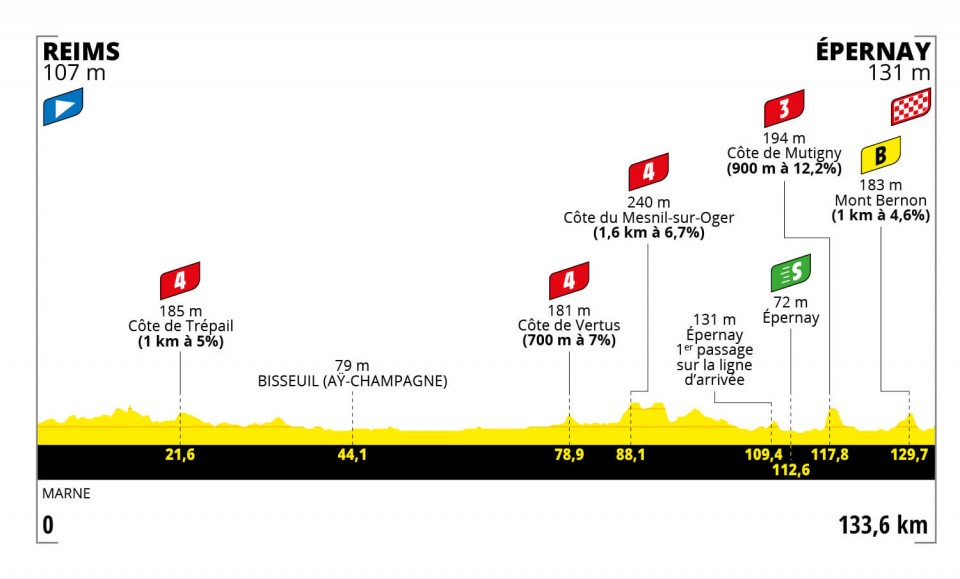
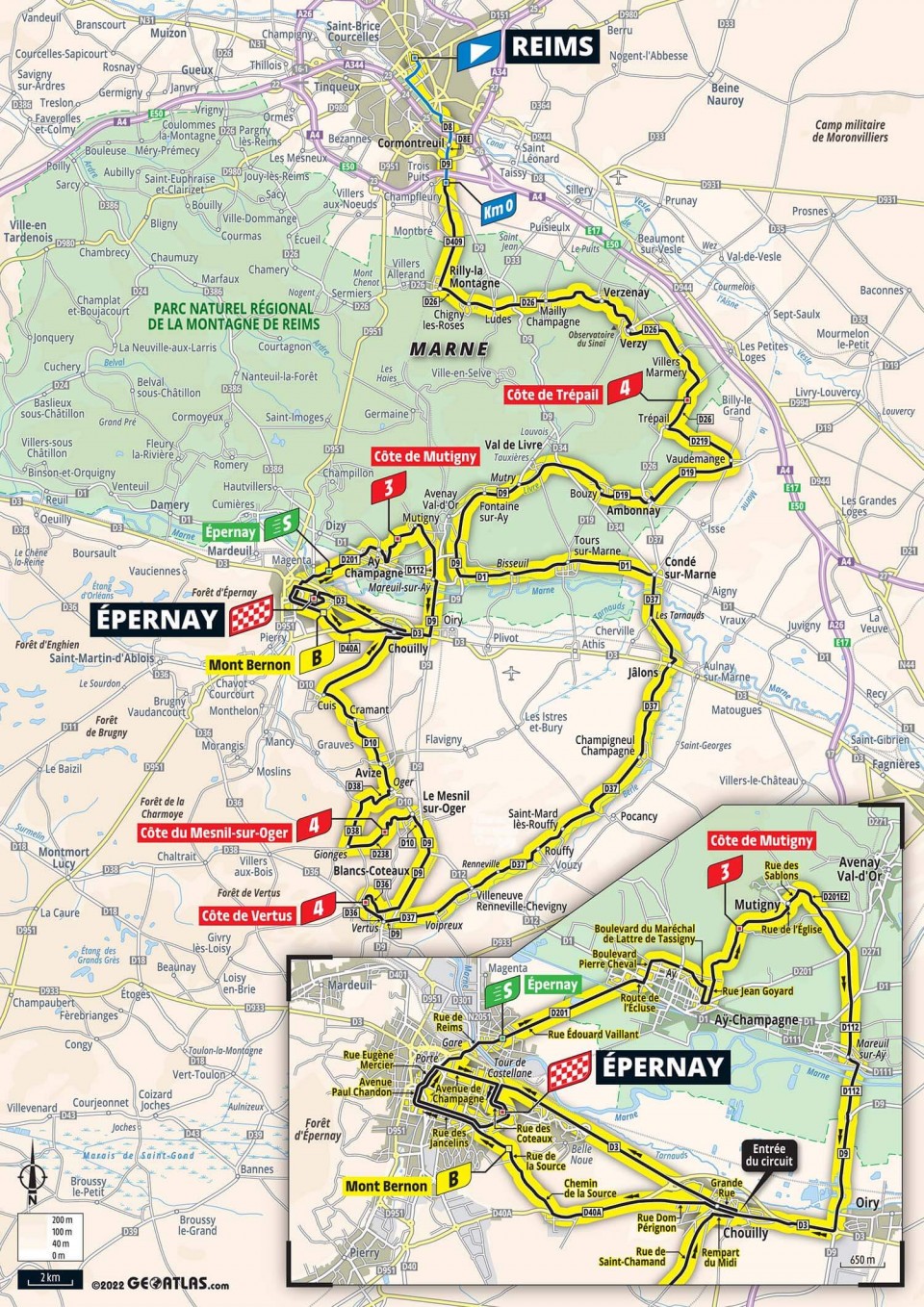
The first hilly route of the eight-day race the 133.6km route from Reims to Épernay offers four categorized climbs. Côte de Trépail (1km at 5%) opens the climbing at 21.6km into the race, Côte du Mesnil-sur-Oger (900m at 6.7%) comes after 88.1km, and Côte de versus (700 at 7%) comes after 79.9km.
The race then passes through the finish line, followed by one intermediate sprint at 112.6km, and then the Côte de Mutigny located at 117.8km. Côte de Mutigny is only 900 metres but has an average gradient of 12% and pitches as steep as 15%, making it one of the first locations for separations in the overall classification.
There is then a final uncategorised climb over the Mont Bernon (1km at 4.6%), but gaps will be hard to close before the slow rise to the finish line in Épernay.
Stage 4: Troyes to Bar-sur-Aube, 126.8km
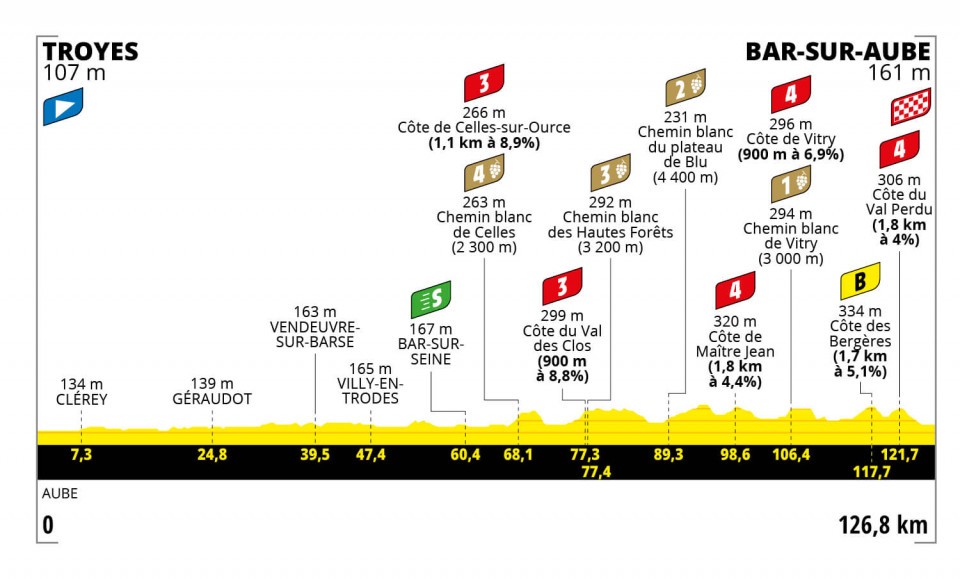
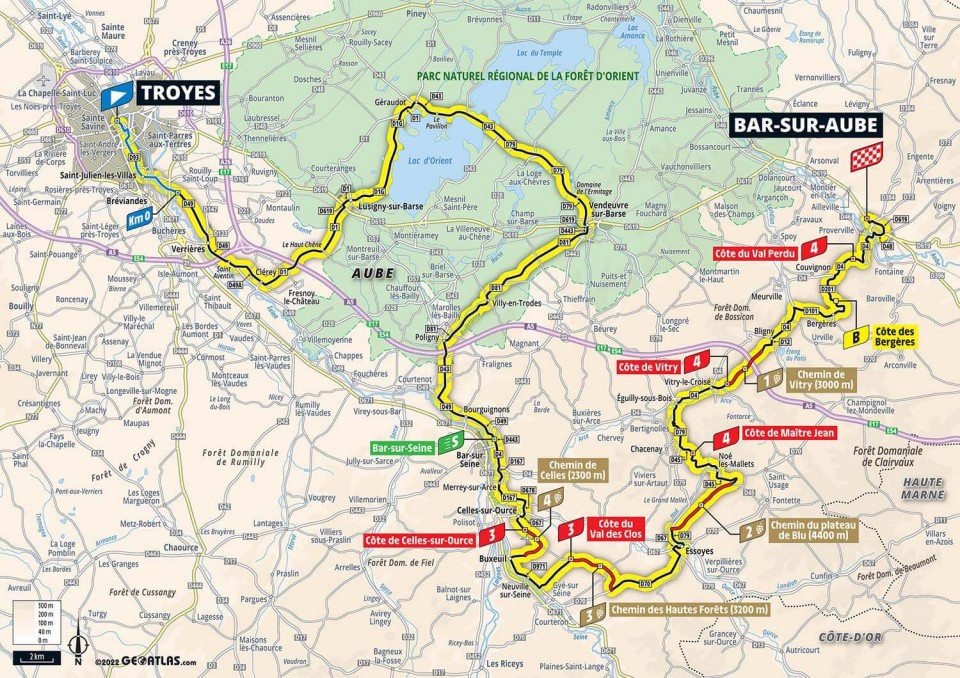
In what could mark the first GC-deciding day of racing at the Tour de France Femmes, stage 4 is packed with gravel sectors and short but steep climbs.
The race heads out of Troyes and into the Parc Naturel de la Forêt d'Orient and over the Lac d'Orient before travelling south toward the one and only intermediate sprint at Bar-our-Seine (60.4km).
It is at the midway point of the race that the peloton will meet the gravel and climbing where we can expect to see attacks and separations in the field.
There are four gravel sectors - Chemin blanc de Celles (2.3km), Chemin blanc des Hautes Forêts (3.2km), Chemin blanc du Plateau (4.4km) and Chemin blanc de Vitry (3km) - for a total of 12.9km of gravel. It is not nearly as gravel-heavy as a race like Strade Bianche, but it will be add another variable that plays into team strengths, tactics and fortune.
There are also five climbs scattered in between and along the gravel; Côte de Celles-sur Ource (1.1km at 8.9%), Côte du Val des Clos (900m at 8.8%), Côte de Maître Jean (1.8km at 4.4%), Côte de Vitry 900m at 6.9%) and lastly, Côte du Val Perdu (1.8km at 4%), before the finish in Bar-sur-Aube.
Stage 5: Bar-le-Duc to Saint-Dié-des-Vosges, 175.6km
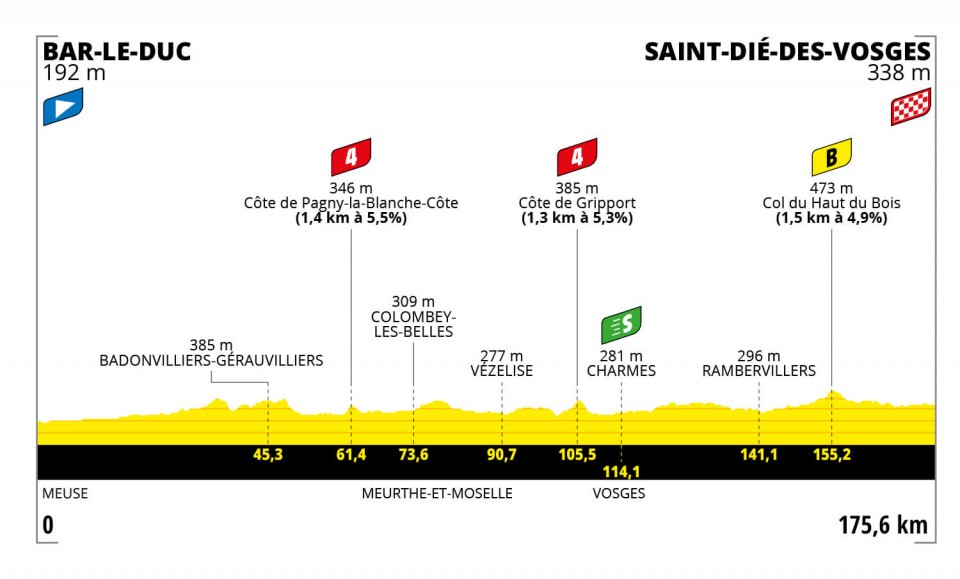
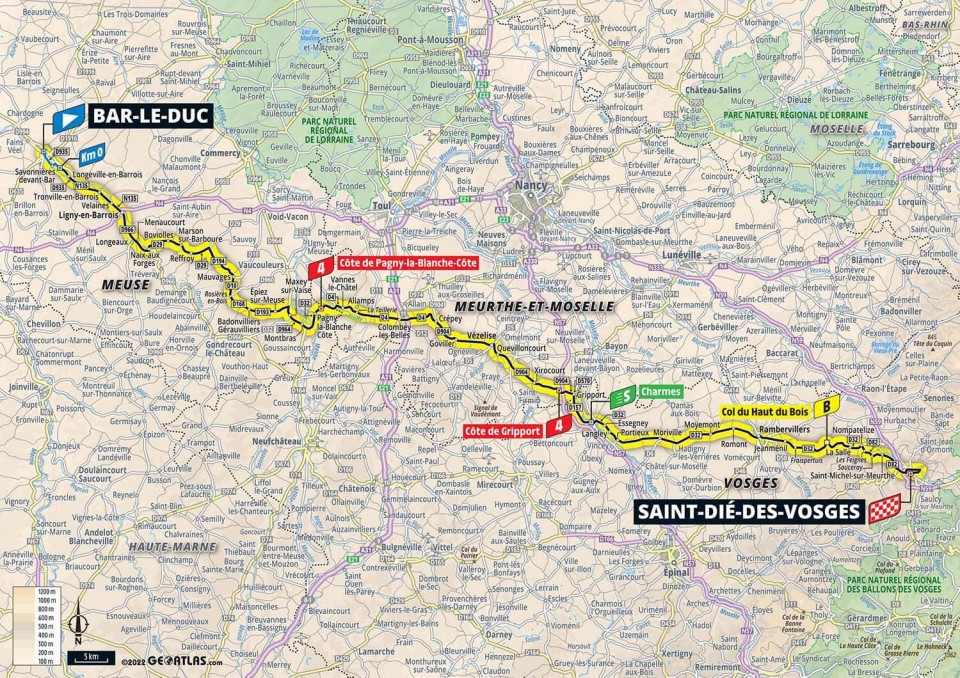
This is the longest stage of the Tour de France Femmes and reaches beyond the distance limits set for women's stage races by the UCI. Women's one-day races have been frequently reaching the 160km plus distances, especially in the Spring Classics, while some stage race organisers, such as the Giro Donne, have occasionally been including 170km stages into their routes.
The fifth stage is also relatively flat between Bar-le-Duc and Saint-Dié-des-Vosges as the race transfers into region of the Vosges. There are two category-4 ascents; Côte de Pagny-la-Blanche-Côte (1.4km at 5.5%) and Côte de Gripport (1.3km at 5.3%), then a sprint at Charmes (114km), and a final 1.5km over Col du Haut du Bois (1.5km at 4.9%), before what could likely be a sprint in Saint-Dié-des-Vosges.
Stage 6: Saint-Dié-des-Vosges to Rosheim, 128km
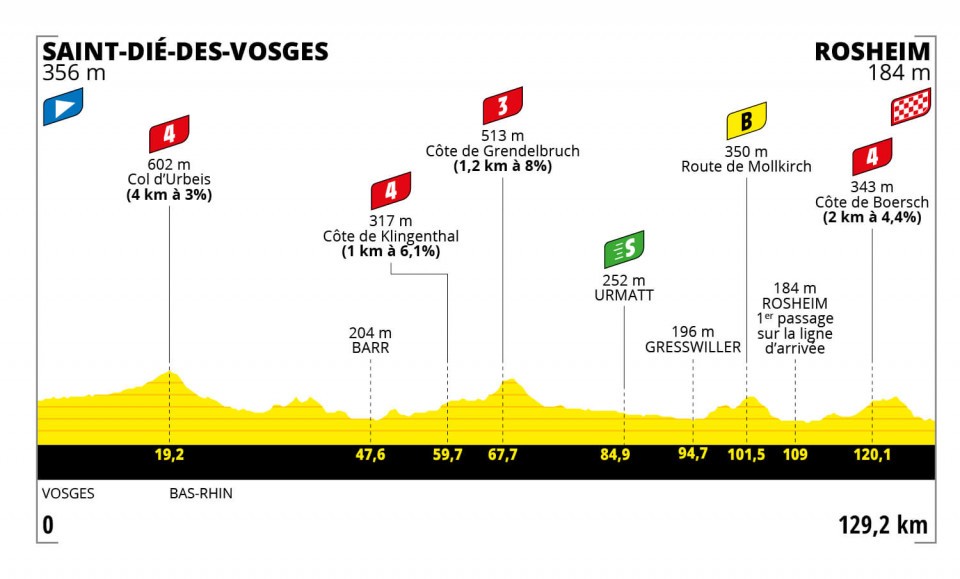
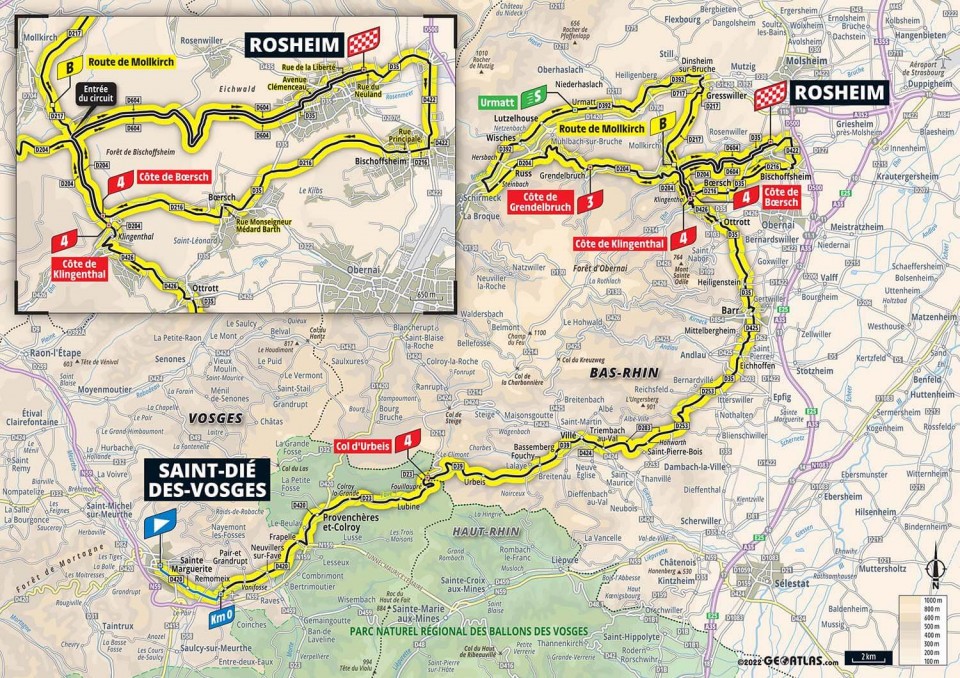
It is a rollercoaster of a stage between Saint-Dié-des-Vosges and Rosheim, and a great opportunity for those riders who want to gain time in a potential breakaway before the race heads into the back-to-back mountainous finale.
The race offers four categorized ascents: Col d'Urbeis (4km at 3%) at 19.2km, Côte de Klingenthal (1km at 6.1%) at 59.7km, Côte de Grendelbruch (1.2km at 8%) at 67.7km, and after an intermediate sprint in Urmatt (84.9km) and a bonus sprint at Route de Mollkirch (101.5km), the final climb of the day takes the riders up Côte de Boersch (2km at 4.4%) before a descent into Rosheim.
The GC deciders
The Tour de France Femmes ends with bang. There are back-to-back mountain stages in the Vosges that will more than likely decide the winner of the yellow jersey.
In fact, the most important climbs of the race and positioned within these two closing stages, so watch for the climbers to come to the fore in the pursuit of the overall title.
Stage 7: Sélestat to Le Markstein, 127.1km
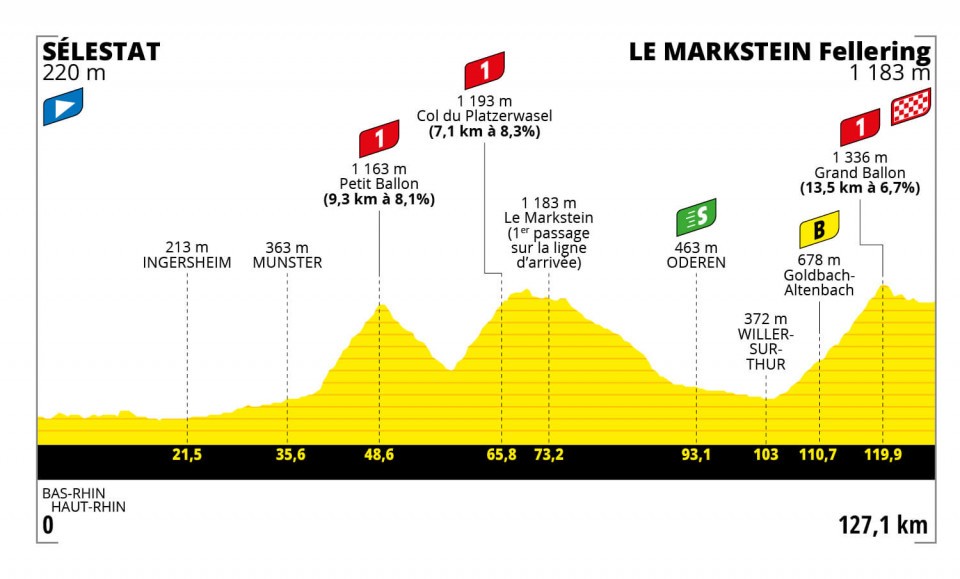
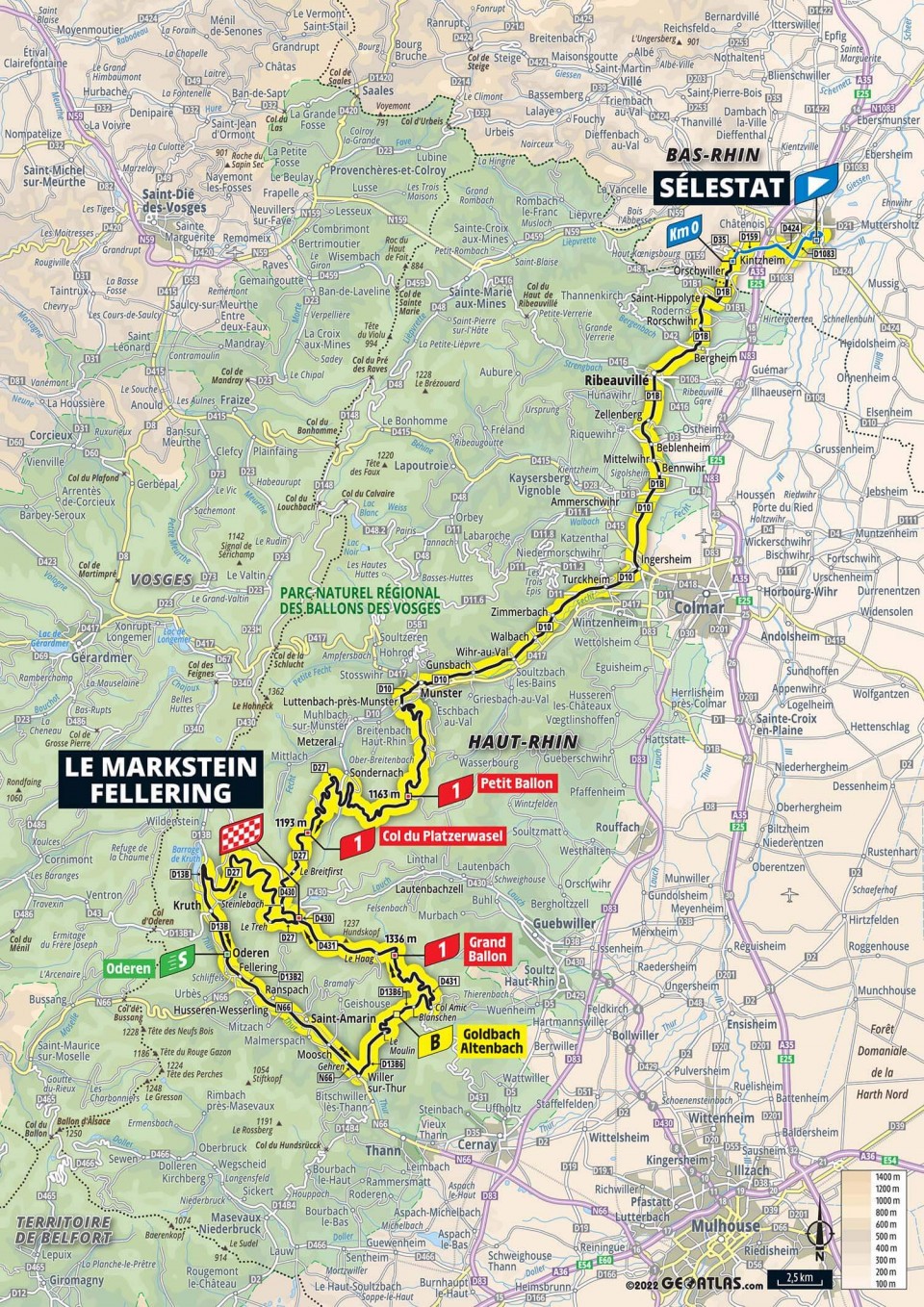
Stage 7 marks the beginning of the mountain stages at the Tour de France Femmes. The 127.1km route between Sélestat and Le Markstein includes three challenging passes over the Petit Ballon, Col du Platzerwasel and Grand Ballon.
Petit Ballon is a 9km ascent with an average gradient of 8.1%. It peaks at 48.6km into the race. The climb starts out with a 10% ramp for the first kilometre, and while it eases off to 7.7% for the next 2km, it reaches over 9% mid-climb. The gradient then remains between 6% and 8% for the last 5km. It could mark the first attacks of the stage or it could be warm-up for the mid-race Col du Platzerwasel or the finale up the Grand Ballon.
The middle climb, Col du Platzerwasel, is 7.1km and while it has an average gradient of 8.3%. It peaks at 65.8km into the race. The riders will face pitches above 9% in the first, third and fifth kilometre, and while it eases off to 6%, the road ramps back up to 10% for the final kilometre before reaching its peak at roughly the half-way mark of the stage.
The Grand Ballon is the longest ascent at the Tour de France Femmes, and comes at the end of a hard stage, peaking at the 119.9km mark. The climb averages a more moderate 6.7%, but the final 6km will be a true test of climbing ability with a steady 8.5% all the way over the top.
There will be little reprieve for the riders as they crest the Grand Ballon because the route will follow the ridge for an undulating 8km to the finish line in Le Markstein.
Stage 8: Lure to Super Planche des Belles Filles, 123.3km
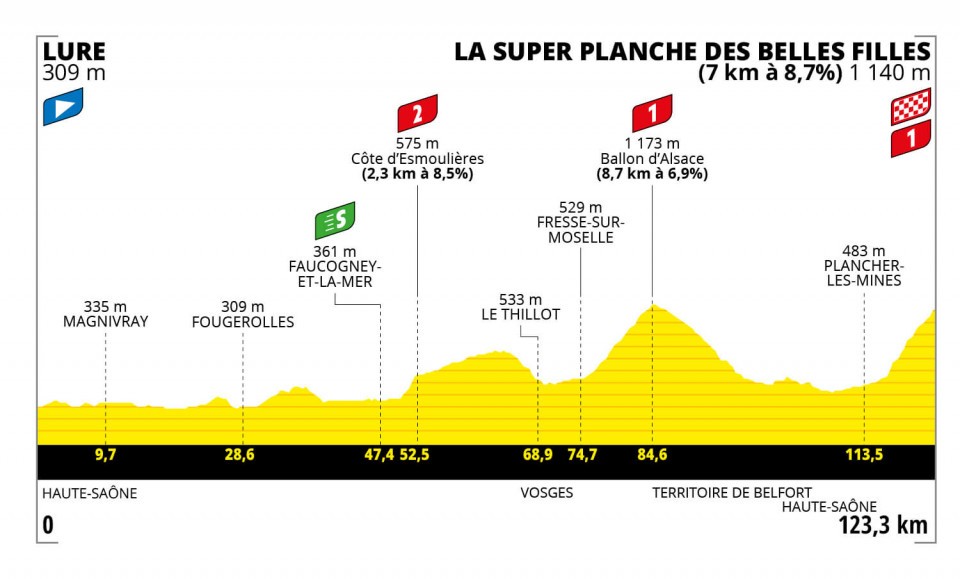
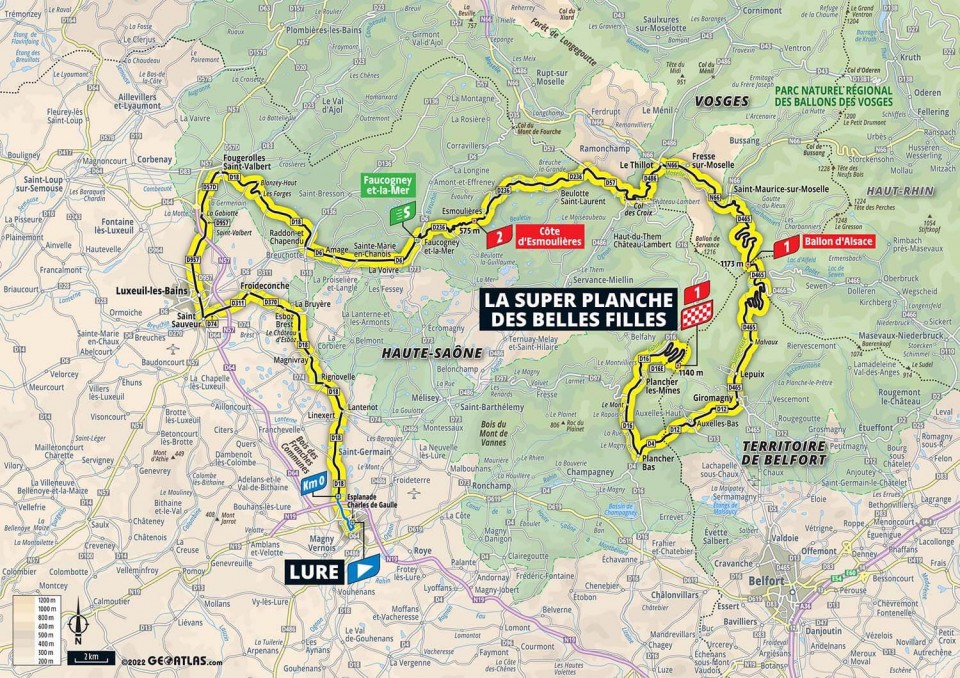
The grand finale of the Tour de France Femmes offers another triple mountain pass; Côte d'Esmoulieres, Ballon d’Alsace and La Super Planche des Belles Filles.
The opening Côte d'Esmoulieres is somewhat of an appetizer of what's to come, at only 2.3km with an average grade of 8.5%, it will offer a warm-up for the heavy-hitters or perhaps an opportunity for one last breakaway attempt.
Ballon d’Alsace, which peaks at 84.6km into the stage, is an historical reference as the first official mountain pass of the Tour de France in 1905, and it was included in the 2005 edition to commemorate the 100th anniversary of the first passage.
It is nearly 9km at 6.9%. It starts and finishes at 5% gradient but the kilometres in between are upwards of 7% and 8%. If riders gain time on this ascent, there is a good chance they could hold a gap along the nearly 25km of descending into the base of the La Super Planche des Belles Filles.
The Tour de France Femmes will close out in the most spectacular way atop the La Super Planche des Belles Filles. The climb is 7km and the first 5.9km tops out at a 20% gradient. However, the ascent goes beyond the traditional finish line, and continues up a steep gravel ascent, hence the name 'Super Planche', and this is where one rider will be crowned the winner of the Tour de France Femmes.
Get The Leadout Newsletter
The latest race content, interviews, features, reviews and expert buying guides, direct to your inbox!

Kirsten Frattini is the Deputy Editor of Cyclingnews, overseeing the global racing content plan.
Kirsten has a background in Kinesiology and Health Science. She has been involved in cycling from the community and grassroots level to professional cycling's biggest races, reporting on the WorldTour, Spring Classics, Tours de France, World Championships and Olympic Games.
She began her sports journalism career with Cyclingnews as a North American Correspondent in 2006. In 2018, Kirsten became Women's Editor – overseeing the content strategy, race coverage and growth of women's professional cycling – before becoming Deputy Editor in 2023.
Latest on Cyclingnews
-
UCI, Alpecin-Deceuninck to pursue bidon thrower 'so that such behaviour is severely punished'
Mathieu van der Poel's team: 'misbehaviour of a few individuals can have far-reaching consequences' -
'Without you, I would probably have stopped my career' – Remco Evenepoel thanks wife Oumi in emotional post ahead of return from 'dark period'
Olympic champion primed for first race since October at Friday's Brabantse Pijl after 'the hardest battle of my life so far' -
What's next for Paris-Roubaix's protagonists? – Van der Poel ends Classics campaign as Pogačar heads to favoured terrain in the Ardennes
Dutchman and world champion not set to face off again until Tour de France in July after historic trio of one-day duels -
Sigrid Haugset finished Paris-Roubaix with fractured hip after crash with 60km to go
'When you’re in a race, you want to finish' says Norwegian after riding 59km, including 18km of cobbles, with injury
